Over the past decade, APMs, logs, and infrastructure monitoring tools have become the norm and table stakes expectation in any tech team where their software has a significant impact on revenue or customer experience.
A security engineer might use the same set of logs to look for any foreign attack, an engineer to check errors faced by users, and a business analyst to run some analytics.
While this sounds great, it becomes a challenge when different engineers have different de-facto tools to make the same analysis (e.g., Splunk SIEM by the Security team, Cloudwatch/New Relic by engineers, and Snowflake by analysts).
This is added to the complexity of constraints and requirements that different tools have—a security team needs complete access. In contrast, the levels of redaction or the specific logs required by various teams vary.
Observability pipelines act as an intersecting layer for integration.
An Observability Pipeline, also known as a Telemetry Pipeline, is a crucial component within modern technology stacks that manages, optimizes and analyzes telemetry data—logs, metrics, traces—from various sources. This system enables Security and DevOps teams to efficiently parse, route, and enrich data, facilitating informed decision-making to enhance system performance and maintain security within budgetary constraints.
AI has transformed these pipelines into more cost-effective and efficient tools by incorporating AI-driven data optimization, intelligent routing, and anomaly detection.
Observability pipelines are increasingly integral to engineering teams' stacks, delivering three primary benefits:
Observability pipeline tools elevate the game by not just showing that there's an issue (like traditional monitoring) but by digging into the 'why' and 'how' behind the scenes. It's the difference between seeing smoke and understanding what's burning and how to extinguish it effectively. With software systems becoming increasingly complex and distributed, this level of insight isn't just nice to have; it's crucial.
When selecting an observability pipeline tool, consider these essential features:
Moreover, observability pipelines elevate traditional monitoring by providing insights into what is happening and why—offering a deeper understanding of the underlying causes. This enables engineering teams to:
In this section, we will cover some popular tools and they are listed below:

Company Overview: Cribl was founded in 2017 in San Francisco, California. It focuses on providing an observability pipeline that enables more flexible data management. It focuses on providing an observability pipeline that enables more flexible data management.
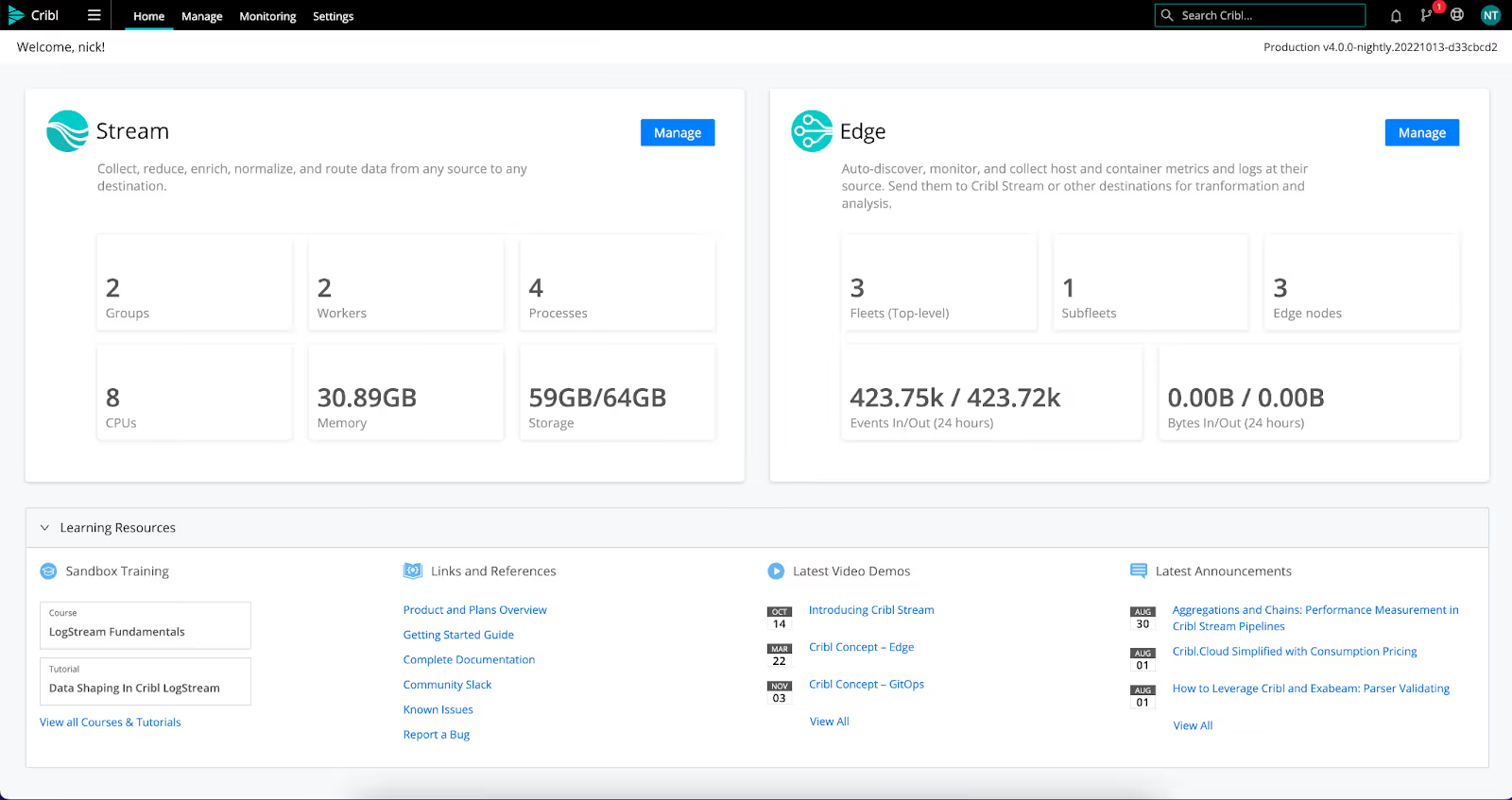
Complexity: This may require a steep learning curve for teams new to observability pipelines.
Offers a free tier with limited features and scale. Enterprise pricing varies based on the data volume and features required.

Company Overview: Vector.dev is an open-source observability data router. It was launched in 2018 and focuses on high-performance monitoring. It was acquired by Datadog and is currently a part of Datadog. It was acquired by Datadog and is currently a part of Datadog.
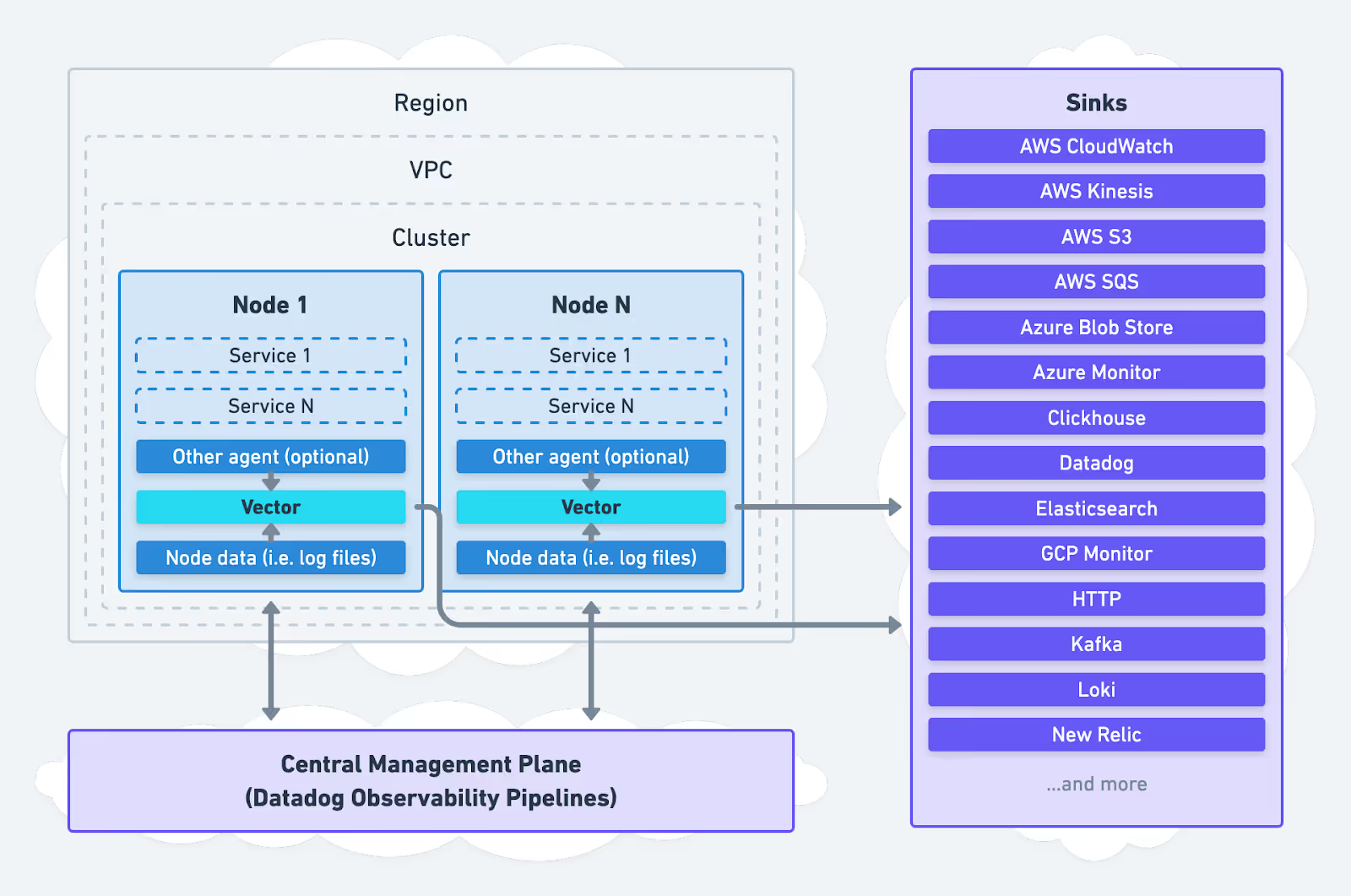
Community Support: Being open-source, some support issues need to rely on community resources.
It is free as it is an open-source tool.

Company Overview: Nimbus.dev is a YC backed startup that offers a cloud-based observability pipeline solution with streamlined data management tools. Nimbus.dev is a YC backed startup that offers a cloud-based observability pipeline solution with streamlined data management tools.
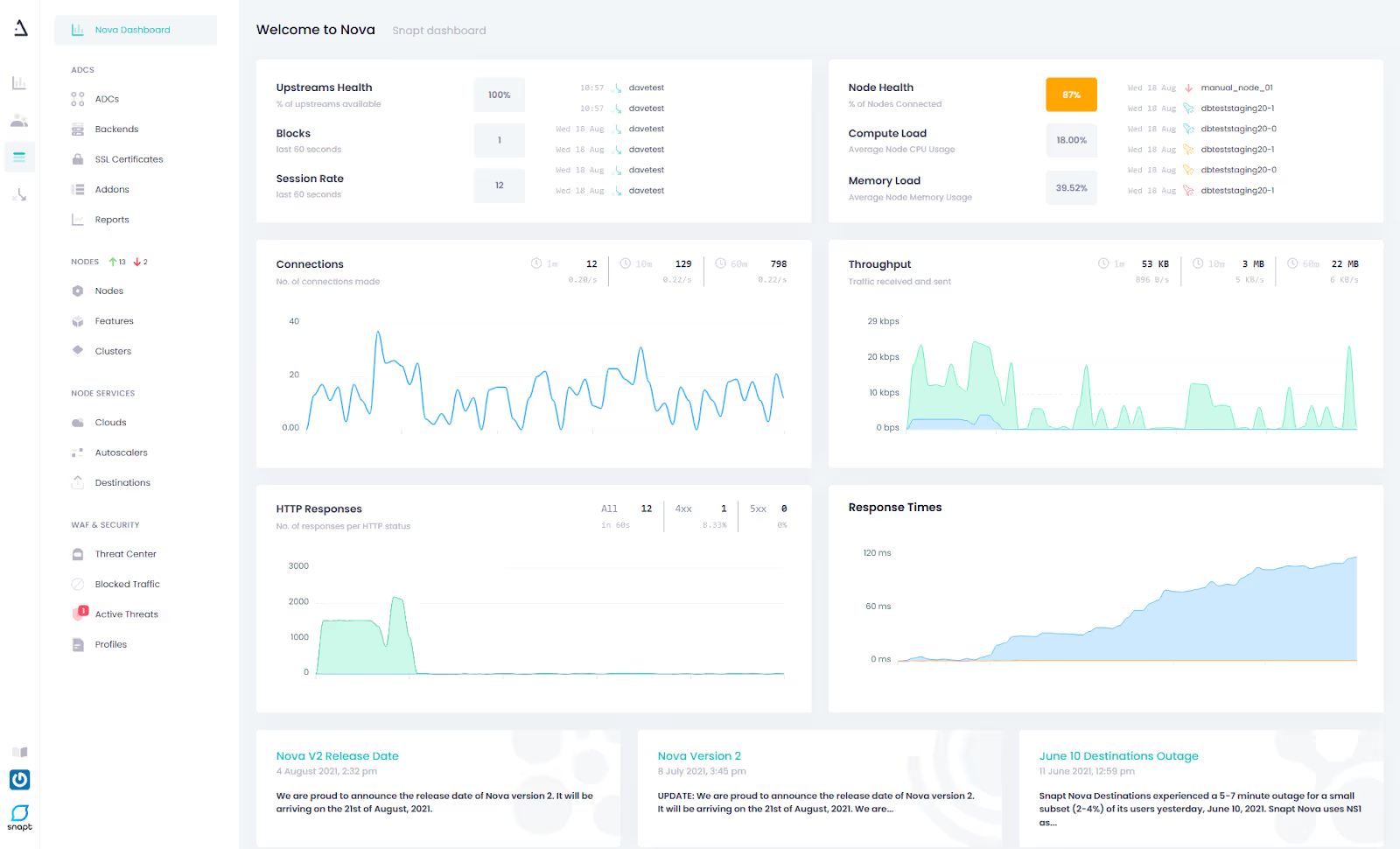
Nimbus currently only mentions Datadog as a LIVE integration on their documentation. Information about other source/sink connectors is only available on request.
Typically, it offers a usage-based pricing model. Specific details should be confirmed with the provider.

Company Overview: Based in Seattle, Washington, EdgeDelta offers a distributed analytics platform designed to enhance the performance and efficiency of observability data processing. EdgeDelta offers a distributed analytics platform designed to enhance the performance and efficiency of observability data processing.
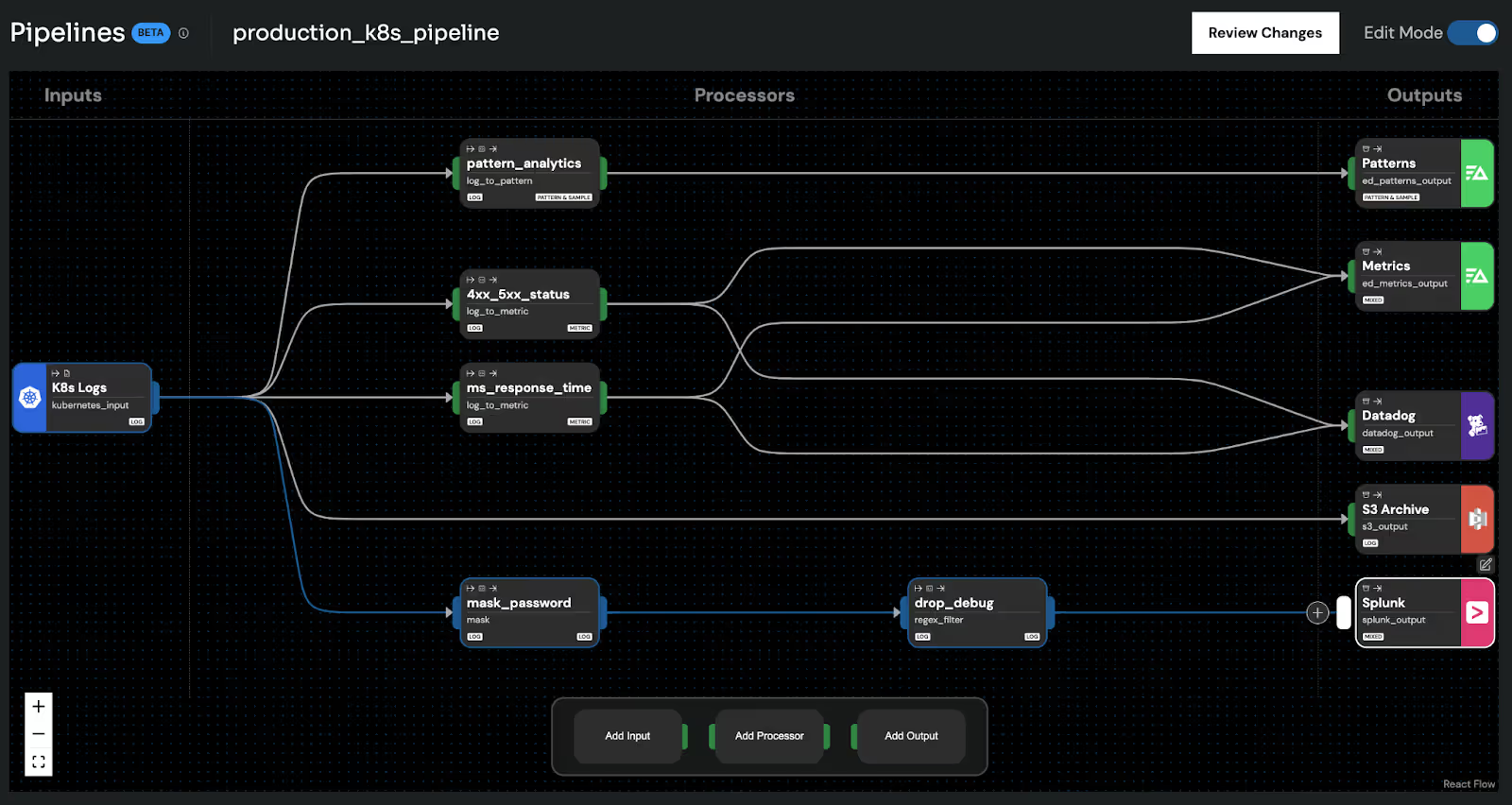
Complexity in Initial Setup: Configuring distributed processing rules can be complex.
Pricing is based on the volume of data processed and the required analytics level.

Company Overview: Founded in 2011 and headquartered in Portland, Oregon, Sensu offers comprehensive and highly scalable monitoring solutions. Sensu offers comprehensive and highly scalable monitoring solutions

Learning Curve: Requires time to leverage its extensive feature set fully.
Sensu offers both open-source and commercial versions, with pricing based on the scale and features.

Company Overview: Dynatrace, a significant player in the software intelligence field, introduced OpenPipeline as part of its extensive monitoring and performance toolkit. Dynatrace, a significant player in the software intelligence field, introduced OpenPipeline as part of its extensive monitoring and performance toolkit.
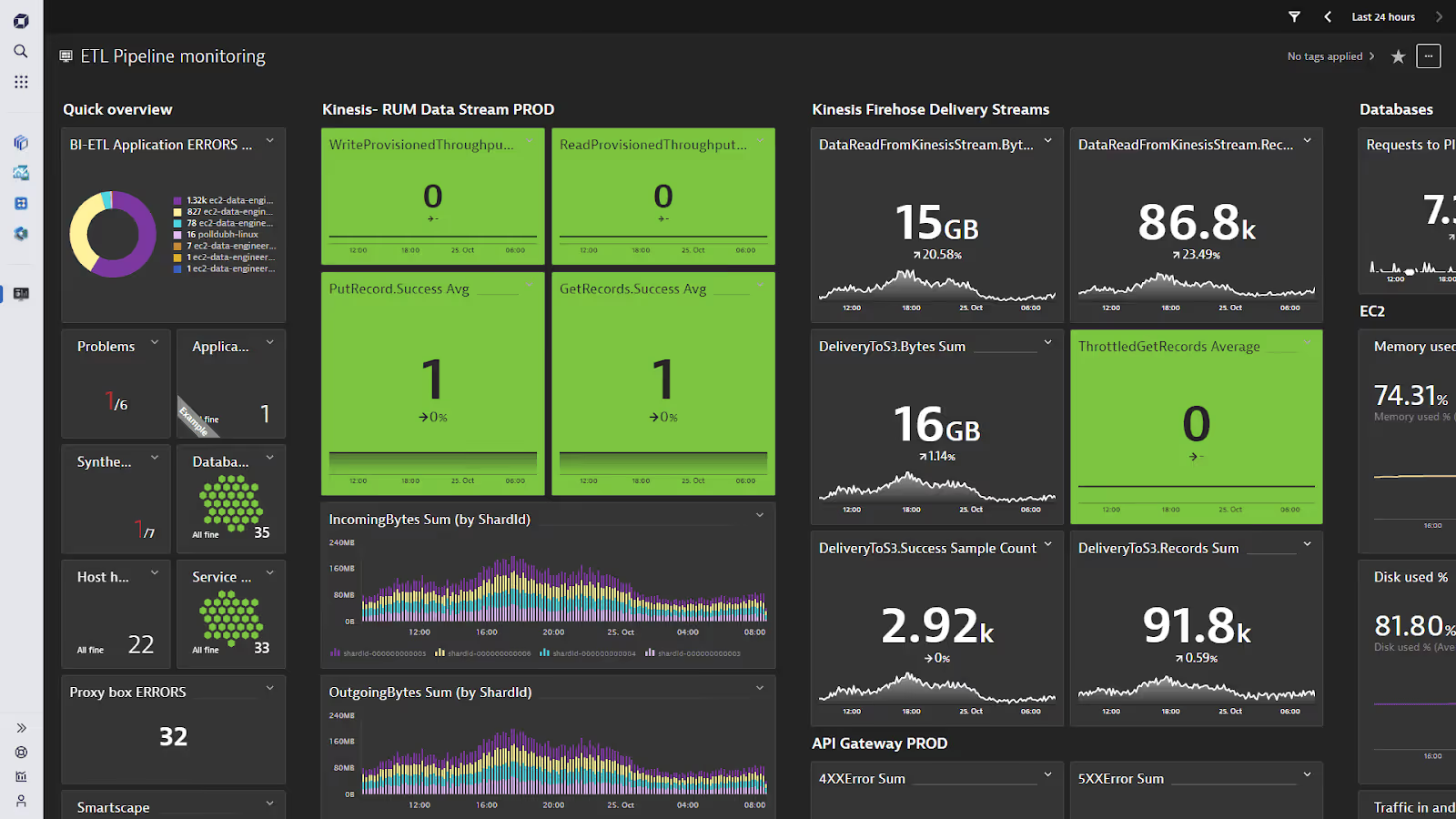
Cost: Generally, higher costs are associated with comprehensive enterprise solutions.
Specific details should be obtained directly from Dynatrace for an enterprise-focused pricing model.

Company Overview: Logstash is part of the Elastic Stack, developed by Elastic N.V., which was founded in 2012 and is headquartered in Amsterdam, Netherlands. Logstash is widely recognized for its role in processing logs and events and is an integral part of the ELK Stack (Elasticsearch, Logstash, Kibana).
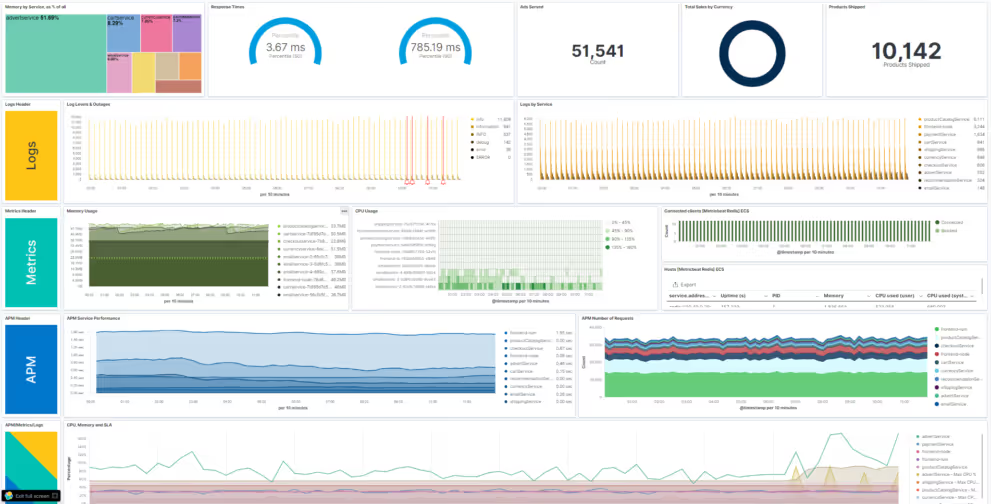
Resource-Intensive: It can be quite resource-intensive, especially in larger setups or when processing large volumes of data.
Complex Configuration: While highly configurable, setting up Logstash can be complex and may require a steep learning curve.
As an open-source tool, Logstash is free to use. Elastic also offers paid subscriptions for advanced features and support.

Company Overview: Fluentd is an open-source data collector for unified logging layers, part of the Cloud Native Computing Foundation. It was created by Treasure Data in 2011 and is designed to simplify and streamline data collection. Fluentd is an open-source data collector for unified logging layers, part of the Cloud Native Computing Foundation
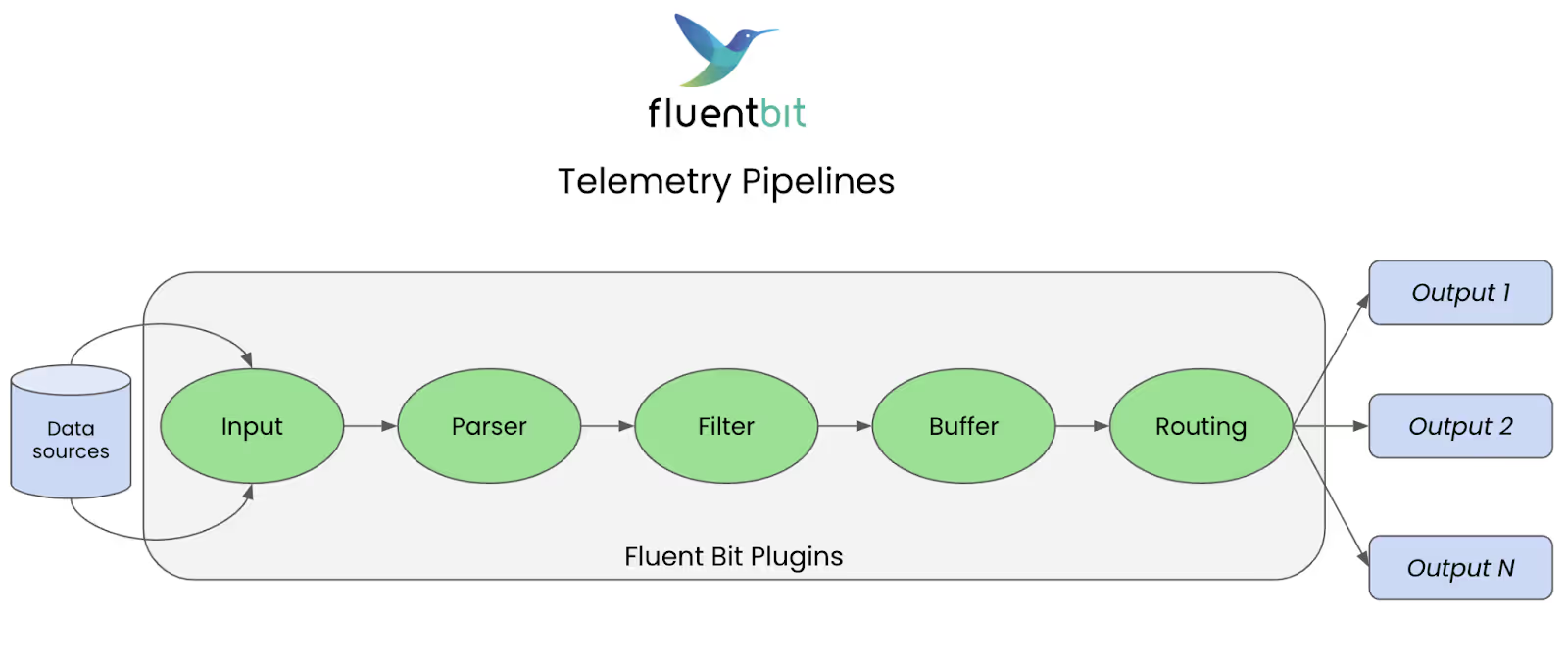
Performance in High-Volume Environments: While generally performant, tuning and optimization might be required to handle large data loads efficiently in very high-volume environments.
Complexity in Advanced Configurations: Some configurations can become complex, especially when dealing with diverse and high-volume data.
Fluentd is an open-source project and free to use. Commercial support is available through third-party vendors.
Depending on whether you want an open source option or a cloud hosted tool, the options are plenty. Vector surely looks like the modern solution in the open source realm while Cribl, EdgeDelta and Sensu are leading in the Enterprise realm.
Apart from that, most likely you might already be using Logstash or Fluentd but they wouldn't necessarily be as flexible for routing as the modern tools.
Try Doctor Droid — your AI SRE that auto-triages alerts, debugs issues, and finds the root cause for you.
(Perfect for DevOps & SREs)

Install our free slack app for AI investigation that reduce alert noise - ship with fewer 2 AM pings
Everything you need to know about Doctor Droid
An observability pipeline is a system that collects, processes, and routes telemetry data (logs, metrics, traces) from various sources to different destinations. It acts as a central nervous system for your observability data, allowing you to transform, filter, and direct data to the appropriate monitoring and analysis tools.
You need an observability pipeline tool to manage the growing volume and variety of telemetry data efficiently. These tools help reduce costs by filtering unnecessary data, ensure compliance through data masking, provide flexibility in switching vendors, and improve overall system performance by optimizing data flows.
Open source tools like Vector offer flexibility and cost advantages but require self-management, while enterprise solutions like Cribl, EdgeDelta, and Sensu provide managed services with additional features, support, and integrations. The choice depends on your team's resources, expertise, and specific requirements.
Observability pipelines reduce costs by allowing you to filter, sample, and aggregate data before it reaches your paid monitoring platforms. By routing only relevant data and reducing volume through techniques like deduplication, you can significantly decrease your storage and processing costs.
Key features to look for include multiple input/output support, powerful transformation capabilities, routing flexibility, monitoring and alerting, scalability, ease of deployment, and good performance characteristics like low latency and resource efficiency.
Vector is considered a more modern solution with better performance characteristics and flexibility for routing compared to Logstash or Fluentd. However, if you're already using Logstash or Fluentd successfully, migrating depends on your specific needs for improved routing, performance, or scalability.
Yes, observability pipelines act as an abstraction layer between your data sources and destinations. This allows you to switch monitoring vendors more easily without changing your instrumentation, giving you greater flexibility and negotiating power with vendors.
Observability pipelines can implement data masking, filtering, and transformation to remove sensitive information before it reaches storage systems. This helps meet compliance requirements like GDPR, HIPAA, or PCI DSS by ensuring personally identifiable information (PII) is properly handled.
Dr. Droid can be self-hosted or run in our secure cloud setup. We are very conscious of the security aspects of the platform. Read more about security & privacy in our platform here.
Dr. Droid can be self-hosted or run in our secure cloud setup. We are very conscious of the security aspects of the platform. Read more about security & privacy in our platform here.


